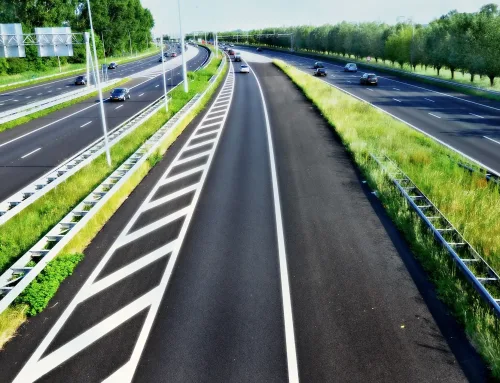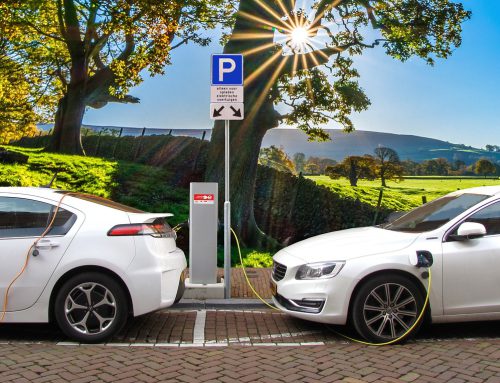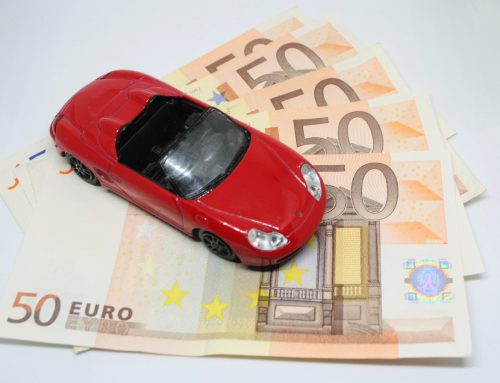At Prinsjesdag, we give you a traditional overview of the measures expected to be taken in car taxes per next year.
In Prinsjesdag's legislative proposals this year, there are not many specific measures for car taxes for next year. The first reason for this is the outgoing status of the cabinet, which means that the plans for 2018 are beleidsarm. The Second reason is that we are now in the first year of the elaboration of the plans of the automobile letter II, in which a new vierjaarsperiode of measures has been taken.
All These measures together mean for 2018 the following.
Adding
For The addition, a standard percentage of 22% applies in 2018. A reduction discount is available for new cars only when CO2 emissions are 0 gram/km. THE addition is 4% of the catalogue value. The limitation of this 4% fee to the first 50,000 euro is only for vehicles with a Date of First Admission from 2019 and for cars for which the addition rate is re-established after the first 60 months.
In February 2018, an interim evaluation will be carried out of how much use is made of the reduced rate of addition. The Second Chamber can then decide to adjust the percentage.
The old 25% rate still applies to all cars with a first ascription to 2016. If those cars had a lower addition in connection with low CO2 emissions, that percentage should continue to be used as long as the 60-Maandsperiode has not expired.
For the catalogue price, from 2018 onwards, it must be made publicly known by the manufacturer or importer. At the moment, the price only has to be made known to the resellers.
BPM
The BPM discs will be adjusted to the technical progress that leads to CO2 reduction on 1 January. This is done by tightening the CO2 standards of the tariff discs.
Cars with a new type-approval are currently being tested with the new WLTP method. As a transitional measure, however, in 2018 for the BPM calculation, the converted NEDC value of CO2 emissions is still used.
The BPM rates are adjusted downwards per 2018. The new addition rates result in higher tax revenues, which are returned to the motorist via a reduction of the BPM.
For fully electric cars The BPM exemption will remain in force in 2018.
MRB
Fully electric cars can use a MRB-nihiltarief in 2018. For plug-in hybrid cars a halftarief of the road Load (MRB) applies.
For The purpose of calculating the MRB, the term ' mass-rich ' used in Europe will be applied in place of the ' own mass ' in 2018. This does not affect the amount of MRB to be paid.
It is Not ruled out that, in the parliamentary treatment of the Tax Plan 2018 and its legislative proposals, amendments still occur. We will keep you informed via our website.
Source: www.autoenfiscus.nl
Avoid addition with closing journey registration?
To prevent addition, Fleetassist has a very simple solution. When the vehicle is only commercially driven and a closing journey registration is maintained, you do not have to pay any addition. It is allowed to drive 500 km private per year when closing journeys registration is also maintained. Fleetassist provides a total solution for fleet management and ride registration. For a small one-time investment of 199 euro and a monthly rate of 9 euro (monthly Opzegbaar) you have all administrative expenses under control. Our Journey Registration system automatically registers all journeys and through our platform can be easily made a report. All This in accordance with the requirements of the Tax administration. No More manual rides and everything registered according to the requirements of the Tax authorities. Do you Want a quick Receive quote? Ask for a quote and save a lot of time and money today.






